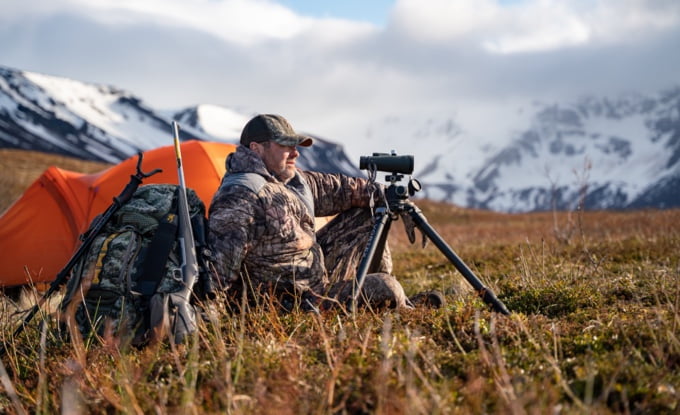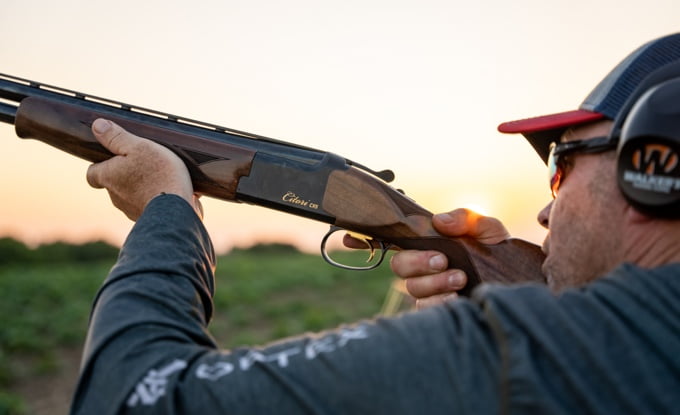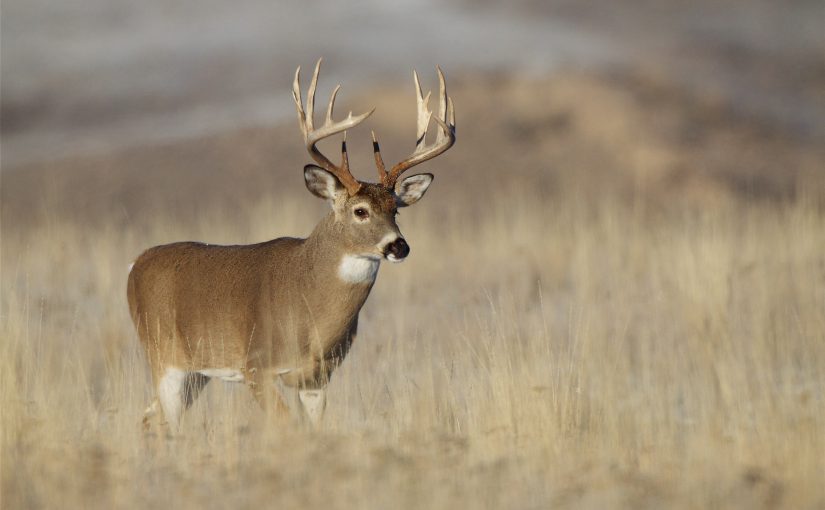Blog
One word is blunt, the other has the pleasing ring of science to it. That first word is “rut,” that breeding period for white-tailed deer when bucks are chasing does. The other word, with scientific bona fides, is “photoperiodism,” when organisms react to the seasonal change in the amount of daylight. For white-tailed deer in the northern hemisphere, the shortening fall days bring the does into estrus and receptivity to being bred; and the males, having shed their antler velvet, feel their testosterone levels rise. Their aggressive behavior, in different forms, toward both other males and toward females, increases. The lowering of the light begins earlier in the northern part of the deer’s range and shifts southward as the season extends. And this makes the rut.
We are heading into prime predator season. In most parts of the country, this is usually the time when bobcat seasons run, and even though coyotes can be hunted almost anywhere year round, now is when the stars align for them, as well as Lynx rufus. Other hunting seasons are dying down, so there is more opportunity out there to hunt predators (check your local hunting regulations for seasons and rules before going out). Winter is also generally the start of the breeding season for both “song dogs” and bobcats, the time when they will be more actively seeking mates, so will be more on the move. And of course, winter is the time for taking pelts that will be as good as they get.
Last time, we looked at the effects of extreme cold weather on firearms’s functioning. But there are also human and cartridge factors to be considered. We can start with how the cold impacts us and what it does to our shooting.
Just as there are sunshine patriots and summer soldiers, there are fair-weather hunters; but game is not always killed under blue skies. We can find ourselves in late fall, sitting on stand in Saskatchewan, hunting whitetail bucks that can be the size of small horses, with the mercury in the thermometer dropping to levels approximating the average surface temperature on Mars. Are we confident that our rifle and cartridges will be ready? Or when that book deer steps out from the timber, are we going to pull the trigger and hear the absolutely loudest sound in nature–nothing, as in those bad dreams we all have? Or maybe we’re hunting king eider in the Aleutians, or even puddle ducks in North Dakota, and the temperature is below zero. If we are going to go to the trouble of risking frostbite to hunt, we ought to have taken care that we can rely on our firearms and ammunition. And there are aspects of the preparation we may need to do that can seem, on their face, contradictory.
The rut is not the red-tag sale of deer hunting–for two weeks only! It edges in, builds to a crescendo, cools down, rises again, perhaps a little less energetically, declines, maybe starts up once more, and then mostly dwindles away. Does who have not been successfully bred can experience estrus a number of times, and mature bucks may continue to track them until the hormonal levels, of both male and female, return to normal.
Hunting is as safe as it gets. Safer than golf, far safer than cheerleading! The chance of injury from hunting is a scant 0.05-percent, one in 2,000. For waterfowl hunters, though, the danger comes not so much from the activity as the environment. Duck and goose hunters are more likely to place themselves in the eyes of storms than other hunters. Rain, fog, sleet, snow, wind can all be par for the course for waterfowlers, and are even welcomed by them. Then, as the name suggests, there is water itself.
Nothing raises the temperature of caliber debates more than the question of which is the best for elk. For many hunters, elk cartridges are not a matter of ballistics so much as one of quasi-religious belief, with almost as many pews as there are opinions. Before talking about muzzle velocities, bullet weights, or terminal ballistics, let us look at what the elk is.
Henry David Thoreau wrote that the person“who goes alone can start today,” and the same may be said of the hunter: If you have to wait on your friends before heading into the pheasant field, you may be waiting a long time. When we are after deer or turkey and other game, we are used to being in the woods by ourselves, even if we are sharing a camp with friends. Pheasant hunting, though, seems to some to call for a platoon to drive the cornfields, too often taking on the aspect of a thin-orange-line version of those Highlanders at Balaklava. Despite that, there are times when it doesn’t take a village to raise a rooster.
With the modern shotgun deer slug, it is possible to be stepping forward while stepping back.
In 1873, in the days before game laws, seasons, or licenses, a military officer, Brevet Major-General G. A. Custer, wrote to the manufacturer of the “50 Government” rifle he had carried with him the previous summer on an expedition along the Yellowstone River, guarding the surveyors for the Northern Pacific Railroad.












